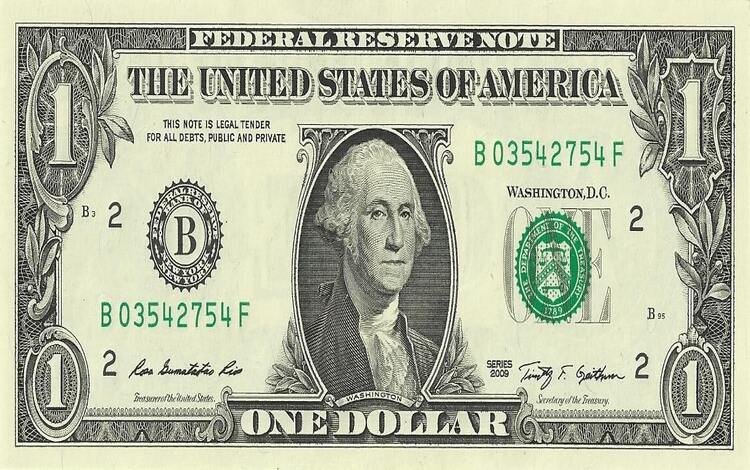Amid ongoing political turmoil, it seems that the subtle shifts in the foreign exchange market have gone unnoticed. As of February 1, 2024, the US Dollar has experienced a noteworthy surge against the Philippine Peso, reaching a rate of 56.403 pesos per dollar. This development carries significant implications for various sectors of the economy and the general population.

The strengthening of the US Dollar often reflects global economic dynamics and geopolitical factors. In this case, the political tensions have likely played a role in driving investors towards the perceived safety of the US currency, thereby increasing its value against other currencies, including the Philippine Peso.
Let’s take a closer look at how other major currencies compare to the Philippine Peso:
- Japanese Yen (JPY): 1 JPY equals 0.3840 pesos, indicating a relatively weaker position against the Philippine Peso.
- British Pound (GBP): 1 GBP is equivalent to 71.5698 pesos, portraying the strength of the Pound in comparison to the Peso.
- Hong Kong Dollar (HKD): 1 HKD is valued at 7.2145 pesos, suggesting a moderate standing against the Philippine Peso.
- Swiss Franc (CHF): 1 CHF is equal to 65.5011 pesos, signifying a robust position in comparison to the Philippine Peso.
- Canadian Dollar (CAD): 1 CAD is exchanged for 41.9853 pesos, reflecting the Canadian Dollar’s strength against the Philippine Peso.
- Singapore Dollar (SGD): 1 SGD is valued at 42.0949 pesos, showcasing a competitive position in the Philippine Peso.
- Australian Dollar (AUD): 1 AUD equals 37.0226 pesos, underscoring the Australian Dollar’s favorable standing against the Philippine Peso.
- Bahraini Dinar (BHD): 1 BHD is equivalent to 149.6140 pesos, indicating a considerable strength against the Philippine Peso.
- Saudi Riyal (SAR): 1 SAR is valued at 15.0408 pesos, portraying a sturdy position in comparison to the Philippine Peso.
- Brunei Dollar (BND): 1 BND is exchanged for 41.9385 pesos, reflecting the Brunei Dollar’s competitive standing against the Philippine Peso.

These exchange rates have broader implications for trade, tourism, and the overall economic landscape. Importers and exporters will need to adjust their strategies to account for the fluctuating values, while travelers may find their purchasing power varying in different destinations. The central bank and policymakers must closely monitor these developments to make informed decisions and maintain the stability of the Philippine economy in the face of global economic uncertainties. Other Currency Value.
